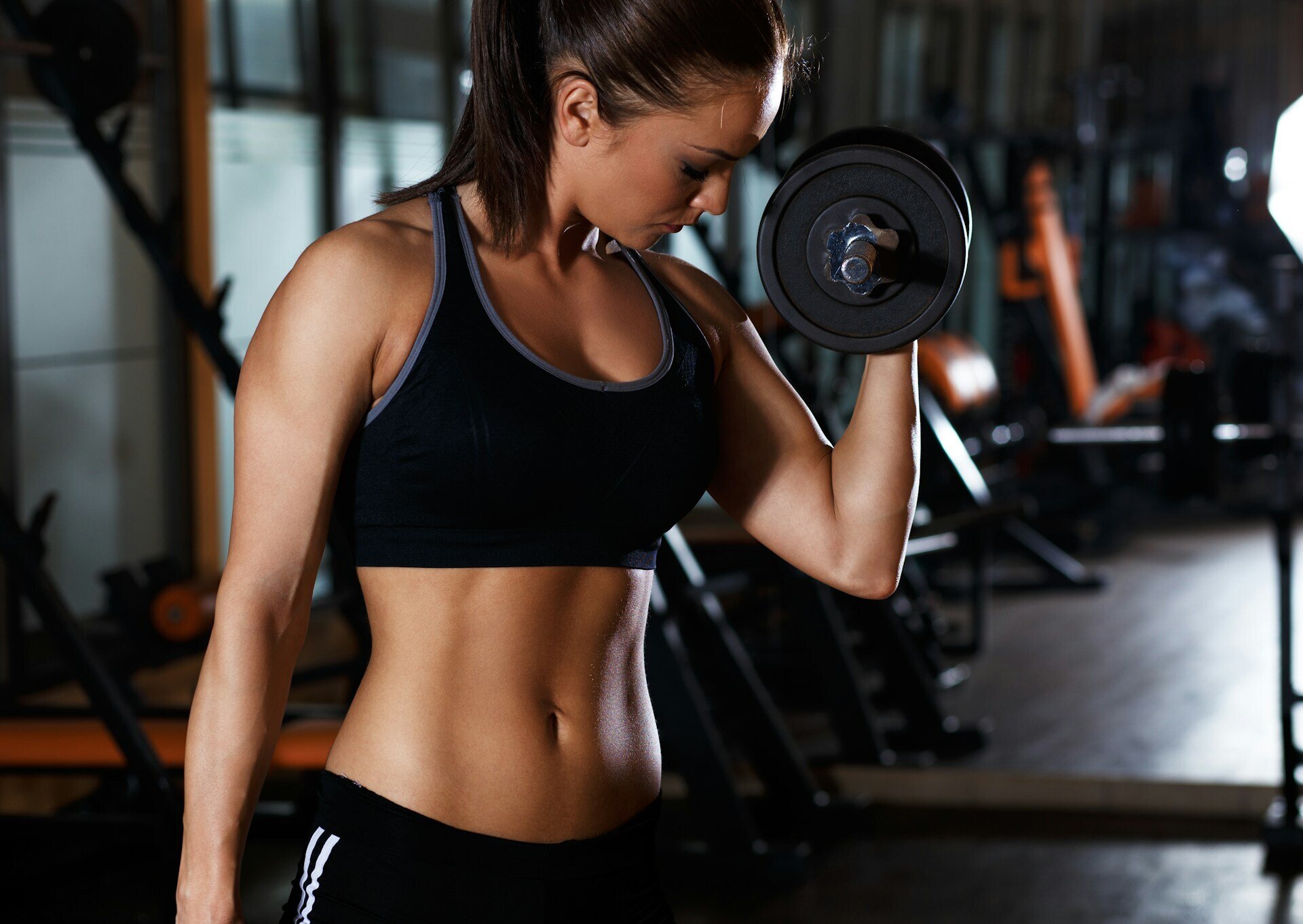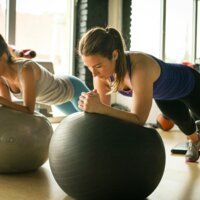Effective Back and Arms Training in the Gym: Exercise Routine for Men and Women

Back and arm muscle training are integral to athletes' overall physical preparation. Strong back muscles provide proper posture, support spine health, and reduce the risk of injury, while well-developed arm muscles help with everyday tasks and improve overall physical fitness.
Benefits of Training Back and Arm Muscles:
- Improved posture: strong back muscles support the spine in the correct position, preventing slouching and back pain.
- Reduced injury risk: developed back and arm muscles provide joint stability, reducing the likelihood of injuries during physical activities.
- Enhanced physical performance: strong arms and back make everyday tasks easier, like lifting weights or gardening.
Main Exercises for Back Muscles in the Gym:
- Barbell Row: This exercise targets the latissimus dorsi, rhomboid, and trapezius muscles. It involves leaning forward and pulling the barbell toward the waist.
- Pull-ups: A classic exercise for developing the upper back and biceps. It can be performed with different grip variations to emphasize different muscle groups.
- Lat Pulldown: This exercise simulates a pull-up and is excellent for beginners or those who can’t yet perform pull-ups with their body weight.
- Hyperextensions: This exercise targets the lower back and glutes, helping stabilize the spine.
Main Exercises for Arm Muscles in the Gym:
- Barbell Bicep Curl (Standing): A classic exercise for developing biceps. It’s performed standing, with a barbell held at shoulder width and lifted toward the chest.
- French Press (Lying Tricep Extension): An exercise for developing the triceps. Performed lying on a bench with the barbell lowered to the forehead and raised back up.
- Overhead Dumbbell Press: This exercise targets the deltoids and triceps. It can be performed sitting or standing, and the dumbbells are lifted overhead.
Read our article "Top 6 Summer Gyms in Kyiv" to work outdoors.
Don’t Forget About Safety During Workouts:
Technique mistakes are the leading cause of injuries. For example:
- Barbell Row: It’s important not to round your back — this creates pressure on the spine. Keep your chest open and your torso at a 45° angle.
- French Press: Don’t flare your elbows to the sides — this overloads the shoulder joints.
Tip: Learn the technique with a trainer or by watching videos from certified sources (such as the Athlean-X channel).
Training Recommendations for Women:
Women can train using the same principles as men. Muscle mass gain is physiologically limited due to lower testosterone levels, so "overtraining" without special nutrition and pharmacology is impossible. The main goals are muscle strengthening, improving proportions, and preventing osteoporosis.
Read the article “How to Distinguish Muscle Pain from Injury” to prevent health complications.
Recommended Exercises for Women:
- Lat Pulldown (Seated): This exercise effectively targets the back muscles without excessive joint strain.
- Assisted Pull-ups with Elastic Band: The band reduces the load, allowing beginners to perform the exercise.
- Dumbbell Press (Incline Bench): This exercise helps develop the chest and arm muscles, ensuring balanced upper body development.

Training Frequency and Intensity Recommendations & General Tips:
Individual Approach:
- Beginners: Start with 2 weekly workouts, using 50–60% of your maximum weight.
- Advanced: Add supersets (e.g., pull-ups + dips) for intensification.
Determining the Starting Weight: Perform 12–15 reps with the chosen weight. This is your working range if the last 2–3 reps are challenging.
Warm-up and Cool-down:
Before starting the workout, perform a warm-up to prepare muscles and joints for the load: 5–10 minutes of cardio (stationary bike) and dynamic stretching (arm circles, torso twists).
After the workout, perform a cool-down to relax and improve recovery. For example, you can do static stretching of the back muscles (e.g., the child’s pose from yoga) and triceps (e.g., an overhead stretch with a 2–3 kg dumbbell).
Nutrition:
- Protein: 1.6–2.2 g per kg of body weight for muscle recovery.
- Carbohydrates: 3–5 g per kg of body weight — energy source for workouts.
- Fats: 20–30% of daily caloric intake (avocado, nuts).
Example post-workout snack: protein shake + banana.
Recovery and Sleep:
- Sleep: 7–9 hours when muscle protein synthesis occurs.
- Active Recovery: Swimming or yoga between workouts




Віктор
Ілля
Tanya